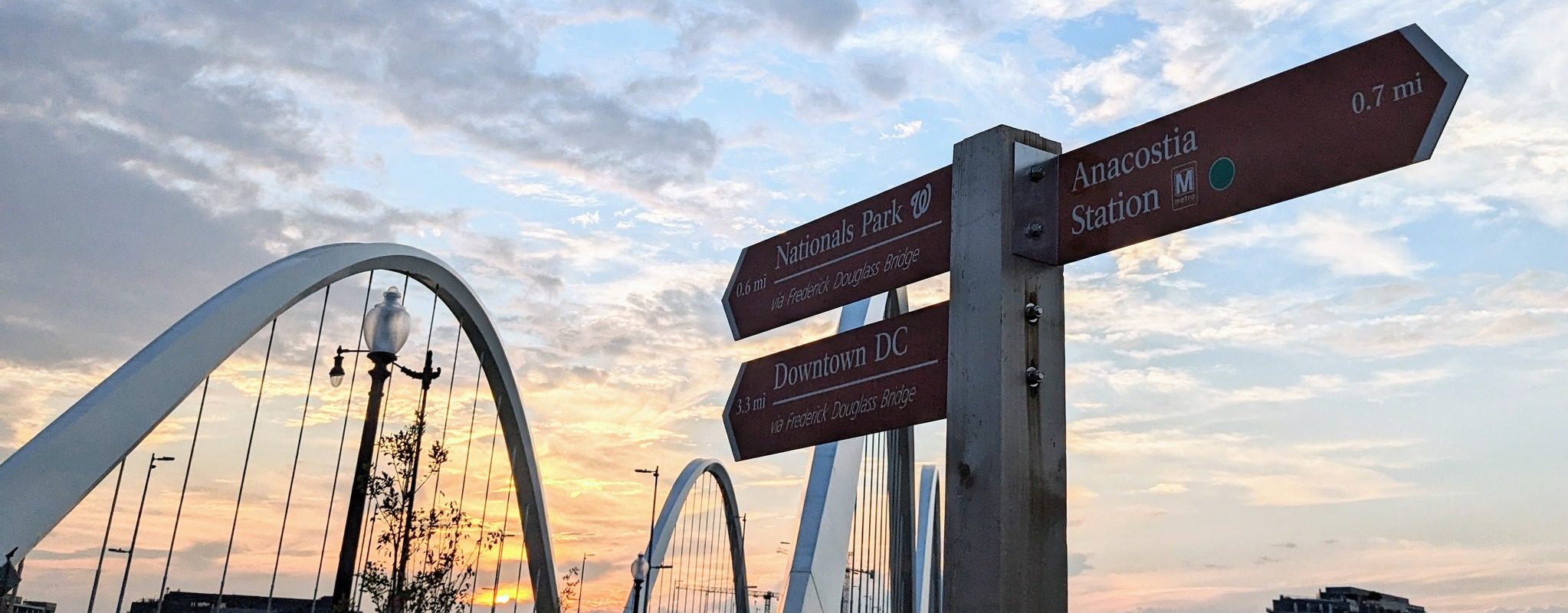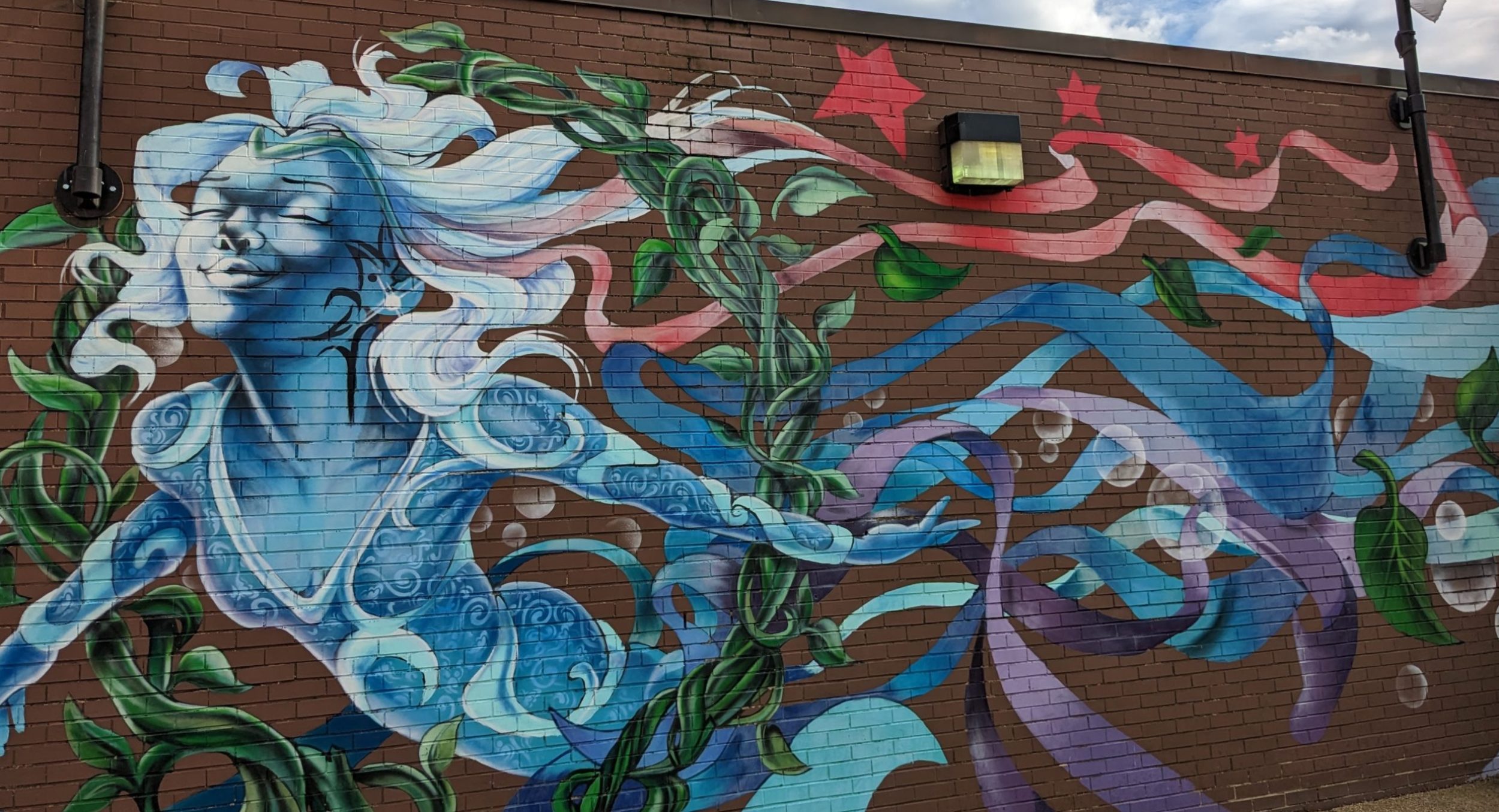When Moroccan Sultan Sidi Mohammed Ben Abdallah wanted a new fort at Essaouira
in the 1700s, he turned to a French military architect. The result is
seen above. It’s a creation that conforms better than most forts to my
notions of military architecture, which were shaped by children’s
stories and Hollywood movies.
Sidi Mohammed Ben Abdallah had good reason to worry. Morocco’s long stretch of Atlantic coast has attracted many invaders over the centuries. Near Essaouira was a settlement that the Portuguese held from 1506 to 1769. Now called El Jadida, the city still shows off its Portuguese fort and underground waterworks, known as a cistern:
Further up the coast is Chellah, which “The Rough Guide to Morocco” says was a “thriving city and port” for almost 1,000 years before it was abandoned around 1154. The book says it was one of the last cities to break ties with the Roman Empire. This region is rich with leftovers from Roman times. The local museum has what may
be the finest Venus statue I’ve ever seen, and there are plenty of statues
portraying local leaders as well. There was no photography allowed in
the museum, but here are some shots of what remains at Chellah:
The Romans withdrew their legions in 253 AD from what is now Morocco. The region
largely kept its independence during most of the centuries that
followed. What is now Morocco would at times hold parts of Spain, while losing
and then regaining bits of its own coast to Byzantine and European
invaders. The Ottoman Empire at one point captured the Moroccan city of Fes.
It was not until the 20th century that foreign countries controlled Morocco, with France and Spain dividing the country. With the French, Morocco had the luck of
getting a boss who appreciated it. Herbert Lyautey was the first colonial administrator, serving from 1912 to 1924, according to Encyclopedia Britannica. Under Lyautey, the French left alone Morocco’s beautiful mazes of cities called medinas.
The French built their own new towns of wide straight boulevards on the
outskirts of old cities. It makes for a nice contrast with the narrow
winding streets of the medinas. You can see this in Rabat, which the French made the colonial capitol. Below is a picture of a new fountain facing the old city walls. As with all of the pictures in this posting, this is the work of my husband David
G. Young.
The French. They came, they saw, they left croissants.

